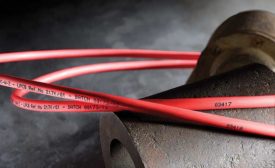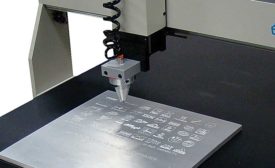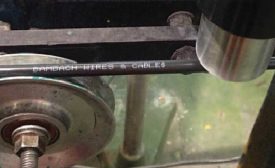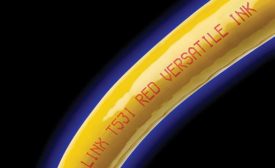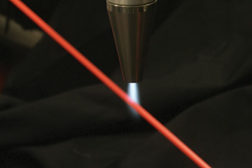Home » Keywords: » ink-jet printing
Items Tagged with 'ink-jet printing'
ARTICLES
Ink-jet printers are a fast, flexible technology for marking wire
Read More
Marking Metal Parts With Precision
Manufacturers have several options for precisely marking metal parts.
August 6, 2018
Options for Marking Wire and Cable
Lasers and continuous ink-jet printers create clear, long-lasting marks on wire and cable.
April 12, 2017
Improving Printability of Wire and Cable
By raising surface polarity, atmospheric plasma treatments optimize the adhesion properties of insulation materials.
April 1, 2013
Never miss the latest news and trends driving the manufacturing industry
Stay in the know on the latest assembly trends.
JOIN TODAY!Copyright ©2024. All Rights Reserved BNP Media.
Design, CMS, Hosting & Web Development :: ePublishing
